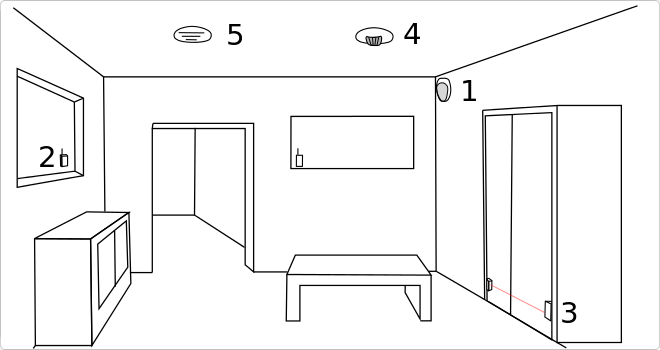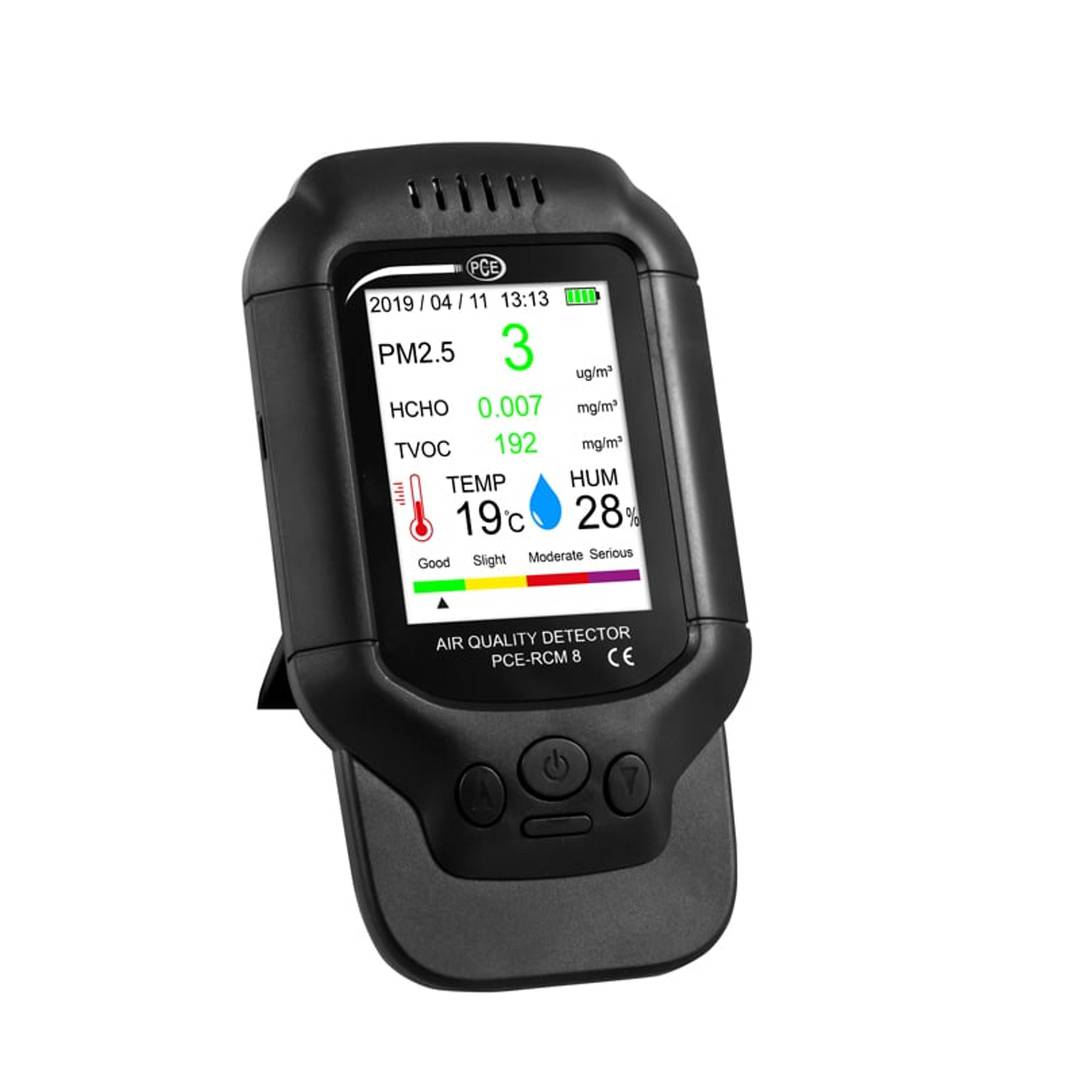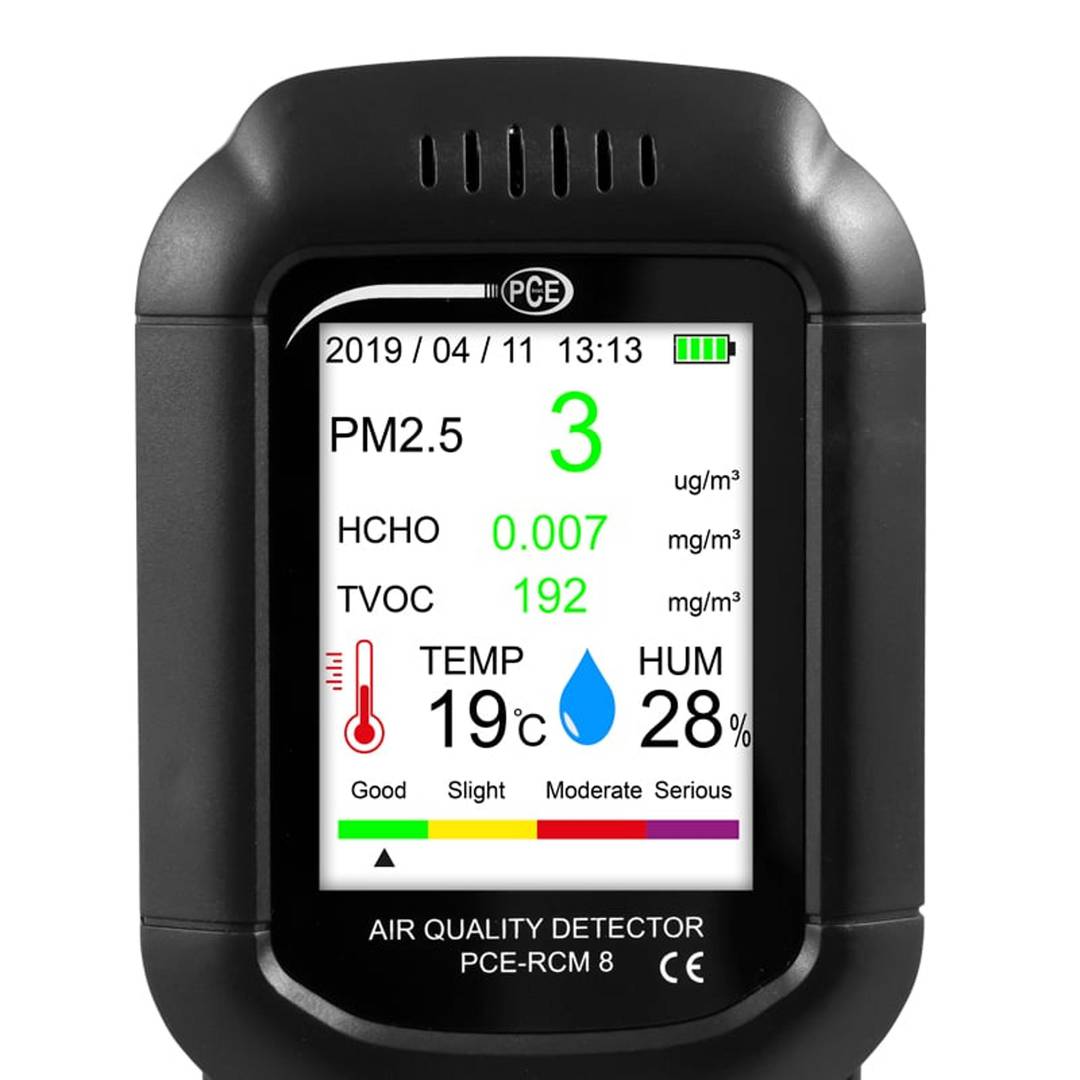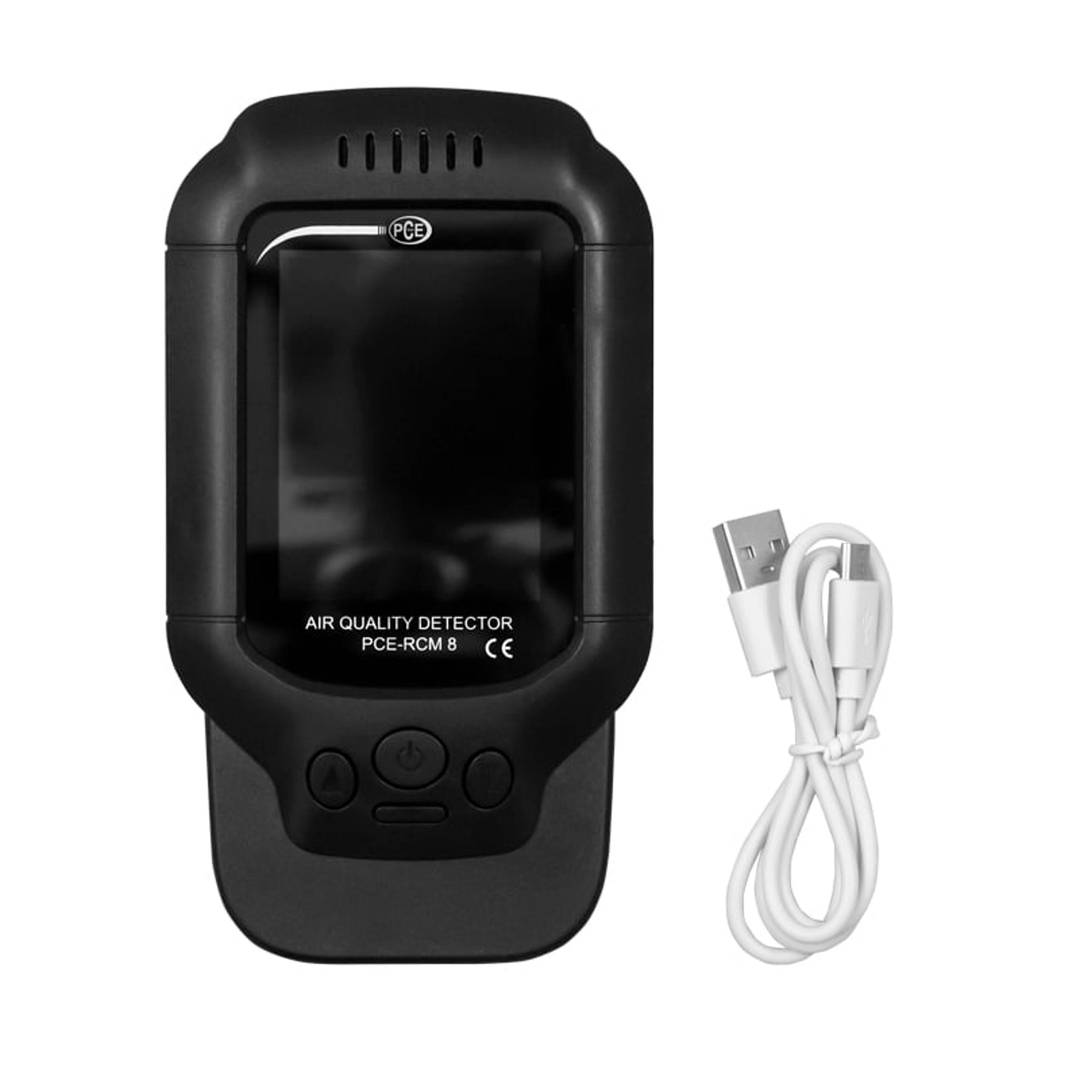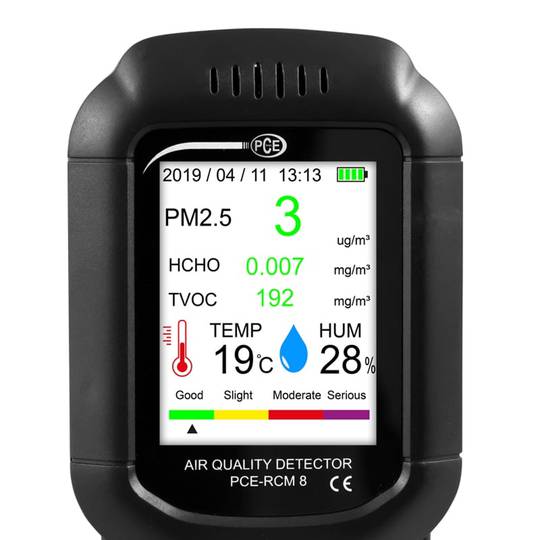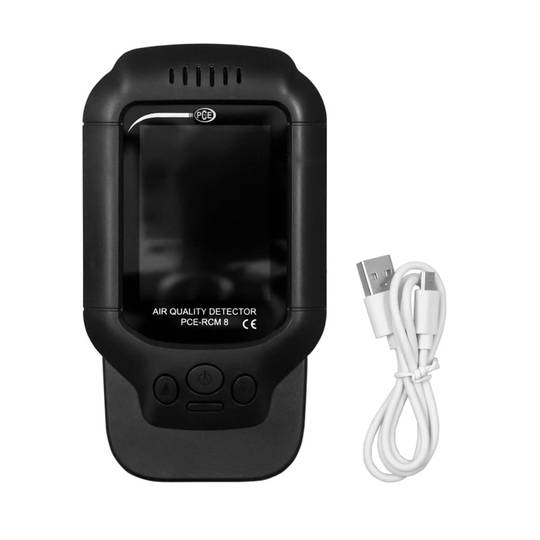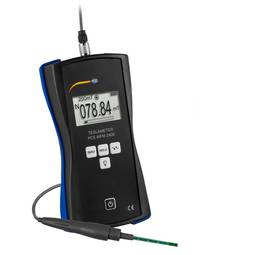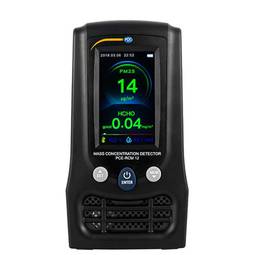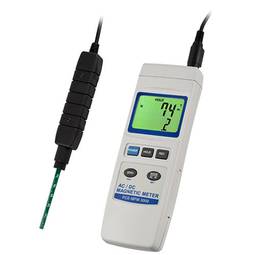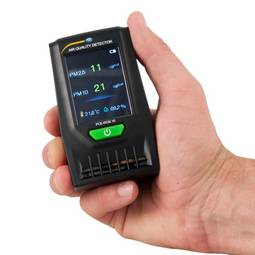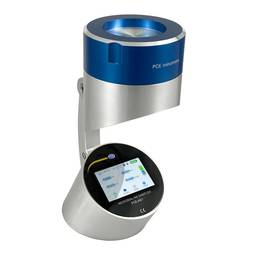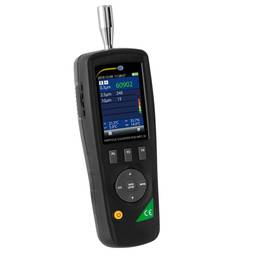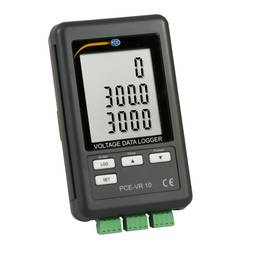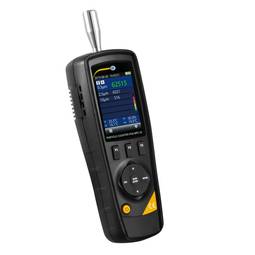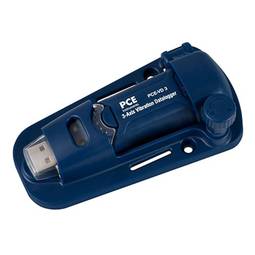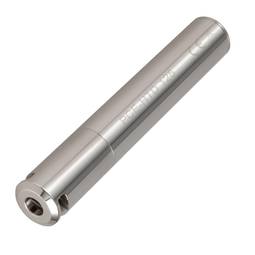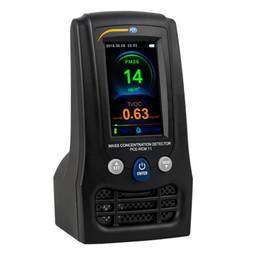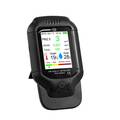12/23/2025 7:27 p.m.
https://cablematic.com/en/products/pce-rcm-8-particle-counter-PC143/
https://cablematic.com/en/products/pce-rcm-8-particle-counter-PC143/
PCE-RCM 8 Particle Counter
REF: PC143
Specifications
- It measures mass concentration, formaldehyde and TVOC, among others.
- Designed to measure indoors.
- 320 x 240 pixel screen.
- Easy handling and large screen.
- Ideal for offices, schools and living rooms.
PVP
€205.93
Price including VAT:
€205.93
PVD
€193.10
PVP: Retail price.
Check conditions.
PVP: Sale price to distributors.
Check conditions.
8 business days
The delivery times are approximate and may vary depending on the selected carrier.
warranty
returns
safe
Specifications
- It measures mass concentration, formaldehyde and TVOC, among others.
- Designed to measure indoors.
- 320 x 240 pixel screen.
- Easy handling and large screen.
- Ideal for offices, schools and living rooms.
More info
In addition to the LCD screen, the multifunction particle counter incorporates different display screens. These screens allow you to view PM 1.0, PM 2.5, and PM 10 mass concentration. It also measures ambient temperature, so you can tell if you need to monitor particulate concentration. Finally, the multifunction particle counter incorporates an alarm that alerts you if the particle concentration limits are exceeded. Finally, the multifunction particle counter includes a support foot to place it anywhere. In summary, the multifunction particle counter is an advanced and reliable measurement device. It is designed to measure mass concentration, formaldehyde, TVOC, and indoor ambient temperature. Its large LCD screen and its different display screens allow you to see the values in real time. The multifunction particle counter includes an accumulator, an alarm and a support foot to be able to position it anywhere. Manufactured by PCE with reference PCE-RCM 8
Specifications
- It measures mass concentration, formaldehyde and TVOC, among others.
- Designed to measure indoors.
- 320 x 240 pixel screen.
- Easy handling and large screen.
- Ideal for offices, schools and living rooms.
- It integrates a memory to see the last value.
- Integrated accumulator.
- Gross Weight: 328 g
- Number of packages: 1
Technical terms
- Movement detector
Movement detector
Within the detection systems we can find different types according to their operation, among them the most common:
- Infrared sensors
- Vibration sensors.
- Photoelectric sensors.
- Ultrasound sensors.
- Acoustic sensors
- Sensors by infraRrojos, are one of the most used types, thanks to its reliable operation and installation, since we can find this type of wired and wireless sensors.
The infrared sensor has a phototransistor capable of detecting the infrared electromagnetic radiation emitted by a body, this type of radiation is not visible by the human eye. A change of radiation in its perimeter will activate the relay and proceed to send ato alarm signal.
Within these, there are two models, passive infrared sensor, which only has a phototransistor and assets, which have an emitter and a receiver. - Vibration sensors are used mostly in security systems, such as window sensors. car alarms etc.
Its operation is based on an accelerometer, through a piezoelectric sensor. This type of sensorDue to its construction material it allows to detect changes and pressure when emitting an electric charge. - Photoelectric sensors, these are the sensors that use photoelectric rays, normally a transmitter and a receiver are used, they are commonly used in automatic door systems, elevator doors, production chains, etc.
- The ultrasonic sensors are those that emit an acoustic signalabout 30 kHz, a signal that is not appreciated by humans. This signal or wave propagates through space, walls, objects, doors, etc. once the signal has spread the sensor is activated and any change will trigger the sensor.
These types of sensors are also used in devices that require measuring distances and detecting objects. - Acoustic sensors, are those that can detect the signal emitted by anyobject and are able to detect the pressures that the acoustic waves emit, such as the noise of the crystals when breaking a window.
